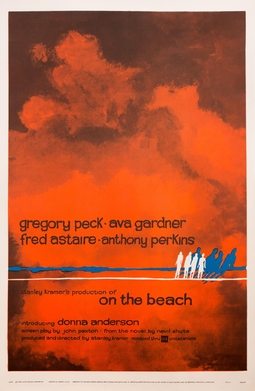As I noted on the syllabus, participation on this blog, both posting and commenting, counts towards your participation grade. So, if you have not done so already, please add yourself as a member of this blog. Instructions for doing this are here.
I am asking all of you to post to the blog at least 3 times over the course of the semester. The posting schedule can be downloaded here. Please post a response to the prompt below by your scheduled date but feel free to post more often on related topics as well.
I also ask that you read and comment substantively on others’ posts. The more you comment, the livelier the blog will be. I am not going to require you to comment a specific number of times but will suggest that you should try to comment at least two or three times a week. If you are someone who tends not to speak much during class discussion, commenting frequently is a great way to make up for that and ensure that your participation grade does not suffer. I’ll say more about commenting in class.
At this point, you’re probably wondering what it is you will be blogging about. Rightly so. So here’s the blogging prompt for the first round of posts (I’ll give you a new one around the 1st week of March):
The Prompt
Pick a a scene, a character, a single frame, a sequence of shots, basic plot, or any other element from a movie (required, recommended or one one you’ve seen on your own) and connect it to either 1) any of the main themes of this class — fear, anxiety, and paranoia, or, 2) an idea explored in any of our readings, whether those assigned already or those that will be assigned by the time your post is due.
For example, you might write a post where you explore how Peter Lorre’s character in M might be said to exhibit paranoia, or you might consider the 1931 Dracula from the perspective of the definition of fear we read for our second class. You might even discuss the figure of Lugosi’s Count Dracula and what Phillips says about him in light of various contemporary, updated vampires we see in movies like Blade, Twilight or Daybreakers.
Use your imagination. Be creative. Feel free to link to other sites and to incorporate images, video or other media into your posts (YouTube, Flickr, Photobucket, or Google Images can be goldmines.)
Please be sure to select “blog assignment #1” in the list of categories on the right before you publish your post.
Before you write: Keep in mind that your post is not a term paper. It should be more exploratory and open ended (not to mention shorter). Your post’s goals are to 1) enable you and your readers to play around with new and interesting ideas and 2) to generate conversation rather than present a finished, polished argument. I don’t expect you to have all the answers, but to move towards finding them. Don’t be afraid to ask your readers questions.
I am happy to discuss post ideas with you so if you are stuck and don’t know what to post about, let me know and we can brainstorm together. If you have questions about the blogging assignment in general or any aspect of the prompt above, feel free to ask it in the comments to this post.
A Note on Blogging: A blog is a kind of online journal or diary. Blog posts are usually less formal and more conversational than the sort of academic writing you are typically asked to do. There is more room for creativity and experimentation here than in the typical academic paper in no small part due to the fact that you can easily incorporate various media — still images, video, or audio.
Your audience and purpose are different here as well. You’re writing not for a professor to whom you hope to demonstrate mastery of your subject matter, but sharing ideas with a broader audience — your “readership” — who, in this case consists of your classmates, me, and whoever happens to visit our site and read your post. Keep in mind that your writing to this blog is public — don’t be surprised if you get a comment form someone not enrolled in this class.
Try to have fun with your posts and comments. Keep in mind that this is your space. You are now a member of what’s typically called a “group blog” where multiple authors contribute posts on related topics — in this case, fear, anxiety and paranoia and the movies.

 As I mentioned in class, the schedule for presentations and required viewings is now available for
As I mentioned in class, the schedule for presentations and required viewings is now available for 
